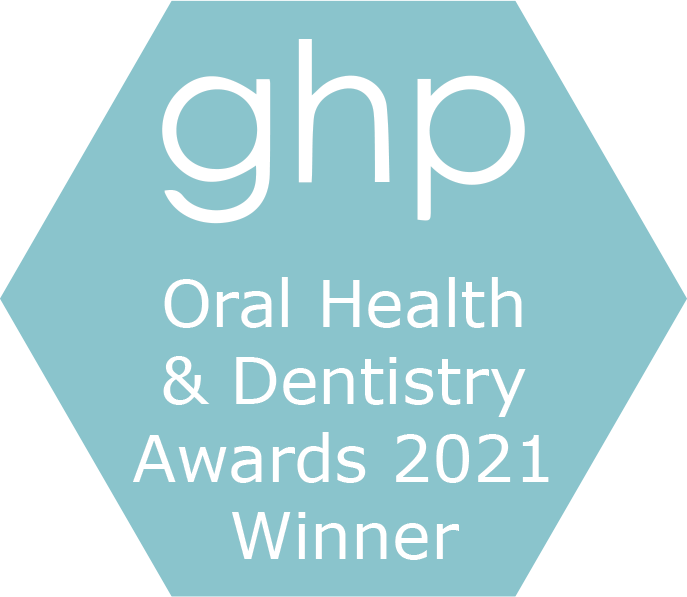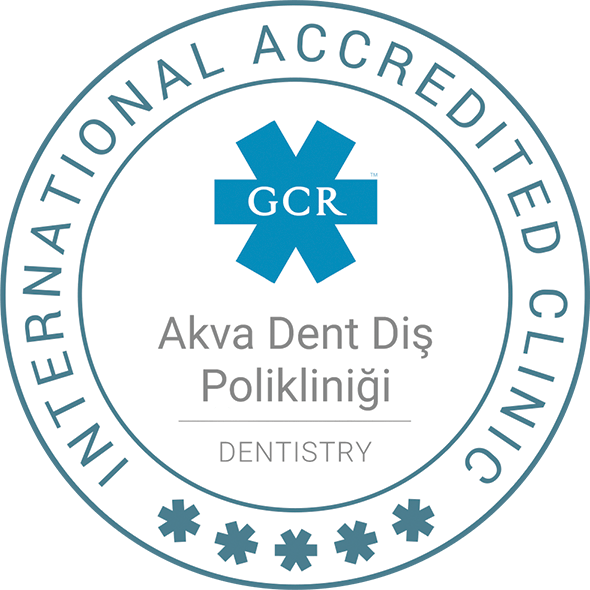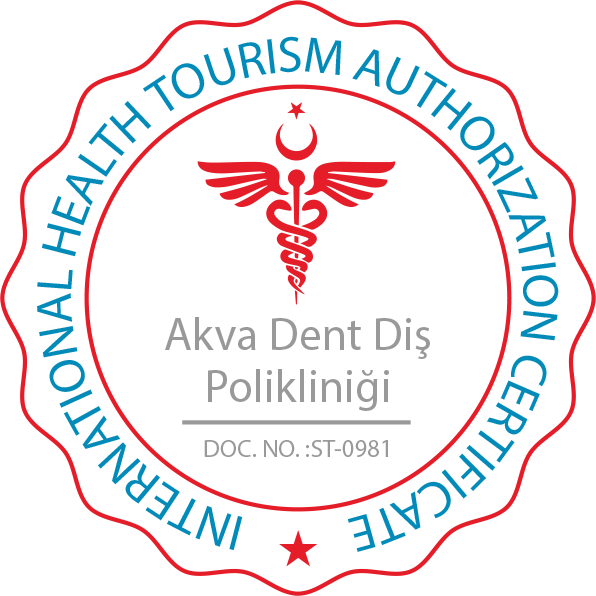What is
Orthodontic Treatment?
Orthodontic treatment involves the use of braces to correct various dental problems, such as crowding of the teeth, jaw development, and muscle control. Braces consist of brackets that are attached to the surface of the teeth and wires that are attached between the brackets. The force applied to one or more teeth moves them in the desired direction. The brackets can be attached to a group of teeth or all teeth, depending on the patient’s needs.
Orthodontic Treatment and
Complete Dental Prosthesis
Understanding Orthodontic Treatment: Definition, Types of Disorders, and Necessity
Orthodontics is a sub-branch of dentistry that specializes in detecting structural position disorders in the arrangement of teeth and jaw structure deformations. It involves preventing or stopping malposition in the early stages and improving it in advanced stages. Orthodontics is also frequently used in society as braces treatment.
The word “orthodontics” comes from the combination of the Greek words “orthos” (straight, straighten) and “odont” (tooth). The field’s primary purpose is to intervene in the lower and middle facial area, especially the teeth, which can affect the face’s overall appearance.
Orthodontic treatment is necessary for malposition of teeth, which can cause undesirable changes in jaw posture and, indirectly, the whole face. Dentists specialized in orthodontics examine and plan treatment accordingly. Six basic disorders are observed in teeth and their relationship with each other as a result of misalignment.
The types of orthodontic disorders include:
- Overbite: The upper teeth cover the lower teeth more than usual. It can also cause the upper teeth to be positioned further forward than the lower teeth. Orthodontic treatment can correct this.
- Underbite: The lower teeth are more prominent than the upper teeth, which can cause the lower lip to be in front of the upper lip. Orthodontic treatment, such as braces, can correct this.
- Crossbite: A reverse bite between the upper and lower teeth. Orthodontic treatment can correct this.
- Openbite: A condition in which the front teeth do not touch each other, even when the back teeth do. This leads to the teeth remaining spaced apart. Orthodontic treatment, such as braces, can correct this.
- Cavities: Gaps formed between teeth due to genetic reasons or external factors are known as cavities. Orthodontic treatment, such as braces or prosthetic teeth, can correct this.
- Crowding: When there isn’t enough space in one or both jaws for the teeth to erupt in a healthy way, and the resulting congestion leads to malalignment, it’s called crowding. Orthodontic treatment can correct this.
Overall, orthodontic treatment is essential for correcting malposition of teeth, which can cause unwanted changes in jaw posture and affect the face’s overall appearance. Dentists specialized in orthodontics can examine and plan treatment accordingly for different types of orthodontic disorders.
Types of Orthodontic Treatment
When it comes to braces, the first thing that should be considered is the existing problem and the treatment method to be used. There are four types of orthodontic treatment methods that are widely used today, and the wires used during the procedure may vary according to the patient’s structural disorder or expectations.
- Metal Braces (Metal Brackets) Metal braces are the oldest, most durable, and widely used type of braces. They can be placed on the inner or outer surface of the tooth after considering the structure of both the jaw and teeth. Although they do not offer an aesthetically pleasing appearance, they are a suitable treatment method for every problem. Metal braces are also often known as the most economical orthodontic method based on 2019. Recovery time is typically between 6 months to 2 years, depending on the degree of the disorder.
- Clear Braces (Porcelain Braces) Clear braces offer no significant difference in treatment outcomes compared to metal braces. However, they are made of a porcelain-based material, giving them a more aesthetic and natural appearance similar to tooth structure. Since they are not as durable as metal braces, they require more careful use and may not be suitable, especially for children.
- Lingual Braces (Lingual Braces) Lingual braces were developed to eliminate the uncomfortable appearance, which is the biggest disadvantage of braces. They are placed on the invisible inner surface of the tooth instead of the visible outer surface and can be used in situations similar to metal or transparent (porcelain) braces. Compared to metal braces or transparent (porcelain) braces, lingual braces may involve higher costs in terms of treatment prices.
What is Transparent Dental Plaque or Invisalign?
Transparent Dental Plaque, also known as Invisalign, is a type of orthodontic treatment used for milder tooth and jaw disorders. Unlike traditional braces, it does not involve brackets and wires. The patient’s teeth are measured with 3D technology to create a customized clear aligner that is worn for an average of 22 hours a day, day and night. The aligner can be removed for activities such as eating and brushing, making it a convenient option. Treatment can be completed with a single aligner or multiple aligners, depending on the duration of the treatment and the structural disorder of the teeth.
Transparent Dental Plaque Prices
Despite the numerous benefits it offers, the price of Invisalign treatment is not very high compared to traditional braces. The treatment fee is determined based on factors such as the severity of the patient’s problem, the quality of the material used, the duration of the treatment, and the patient’s expectations.
Using a Braces Rubber in Braces Treatment
In cases where additional forces need to be applied to the braces structurally or to shorten the treatment time, the dentist may also recommend the use of a retainer elastic. A retainer elastic is a material used between two or more teeth, usually between the upper and lower rows of teeth.
The braces elastic is worn to strengthen and accelerate the braces principle. It is also used to move the teeth in 3D and sometimes even to correct the position of the jaws. Although it may slightly increase the pain felt for the first few days, it significantly shortens the treatment time. If recommended by the dentist, it should be used as recommended throughout the day, except for activities such as eating and brushing teeth. The use of the tire can be quite easy and even simple enough not to require looking in the mirror.
Orthodontics in Istanbul
At our dental hospital in Istanbul, we specialize in orthodontic treatments. You can find us located on the E5 front of Skyport Gül Yapı building, just across from Marmara Park Mall.
Orthodontic Treatment and Complete Dental Prosthesis are two effective methods for treating severe tooth gaps and malocclusion. Depending on the cause of the disorder, surgeries involving the jaw and overall oral structure may be necessary. In cases of difficult-to-treat gaps or significant loss of teeth, full dentures can be offered as a solution for diastema. However, this method is much more labor-intensive compared to the other two.
Clinical Services
Get Free Information
+90 544 620 10 20
Get Information with the Form
Fill out the online dental examination form now for your dental health! We will contact you as soon as possible for your appointment.



